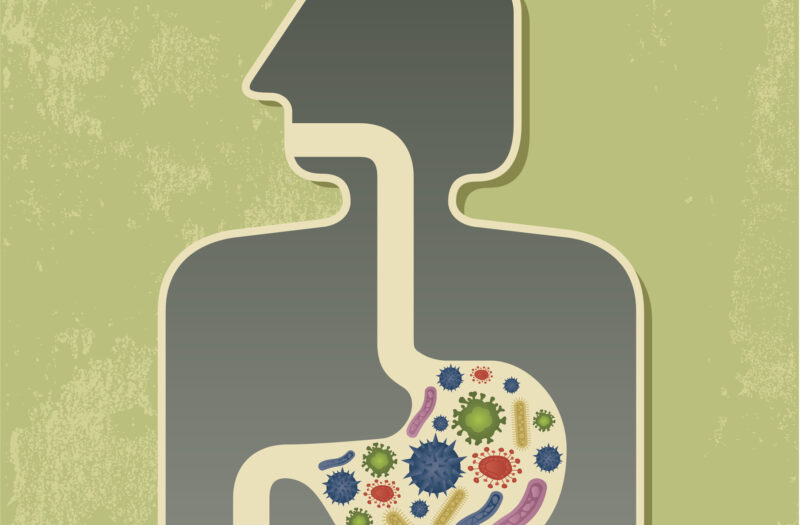No one knows exactly what causes rheumatoid arthritis (RA), though most experts believe that a combination of genetic predisposition plus environmental triggers are responsible. Likewise, no one knows why some RA patients thrive on their treatment while others continue to struggle with high levels of disease activity.
But a new study suggests that the composition of microbes (bacteria, viruses, fungi, etc.) living in your gut might have something to do with it.
Previous research has found that gut microbiome “dysbiosis” — an imbalance of healthy and problem-causing bacteria — might be among the non-genetic factors involved in the development of RA.
This new study, which was published in the journal Genome Medicine, takes the theory a step further: It’s the first study to find an association between gut microbiome signatures and an improvement in rheumatoid arthritis disease activity (or lack thereof).
The researchers’ goal was to find out whether a patient’s gut composition could be used to make any predictions about RA disease trajectory. “We compared the baseline gut microbiome compositions between RA patients who eventually showed improvement in disease activity and those who did not,” they wrote.
To conduct the study, researchers from the Mayo Clinic in Rochester, Minnesota, analyzed stool samples from 32 people with rheumatoid arthritis. Samples were taken at the start of the study and again six to 12 months later so that researchers could analyze them and learn about the composition of microbes in a patient’s gut at each point.
Researchers also assessed each patient’s disease activity using a measure called the Clinical Disease Activity Index (CDAI) at baseline and again six to 12 months later. They then used this data to determine whether a patient had achieved “minimum clinically important improvement (MCII)” in disease activity between the two time points.
MCII refers to the smallest improvement that isn’t likely to be due to error. In other words, someone who achieves MCII has gotten at least somewhat better from the last time their disease activity was assessed; it doesn’t necessarily mean that someone is in remission.
The findings indicated that those who reached MCII had a greater diversity in their gut microbiomes, both at baseline and at follow-up.
“Additionally, by looking at patients’ baseline gut microbiome profiles, we observed significantly different microbiome traits between patients who eventually showed MCII and those who did not,” the researchers reported.
There were several differences in microbiome composition. First, those who achieved MCII had higher amounts of a bacterium called coprococcus. “Microorganisms of this genus are known to produce butyrate [a fatty acid], which is known for its anti-inflammatory effects,” the researched explained.
The authors noted that this study contained a fairly small number of participants, and that “conducting more analyses and validation on larger cohorts with pre-specified clinical endpoints is the crucial next step to strengthen and confirm our findings.”
Be Part of Research with ArthritisPower
Join CreakyJoints’ patient-centered research registry and participate in voluntary studies about managing arthritis. Sign up.
Curtis JR, et al. Determining the Minimally Important Difference in the Clinical Disease Activity Index for Improvement and Worsening in Early Rheumatoid Arthritis Patients. Arthritis Care and Research. May 2015. doi: https://doi.org/10.1002/acr.22606.
Gupta VK, et al. Gut microbial determinants of clinically important improvement in patients with rheumatoid arthritis. Genome Medicine. September 14, 2021. doi: https://doi.org/10.1186/s13073-021-00957-0.






